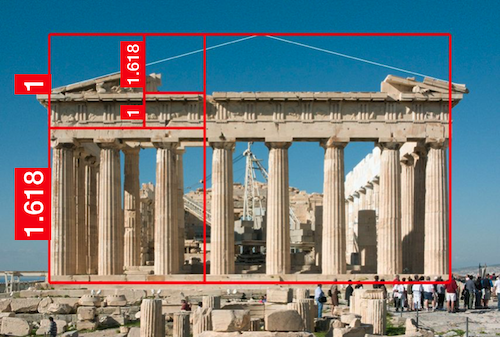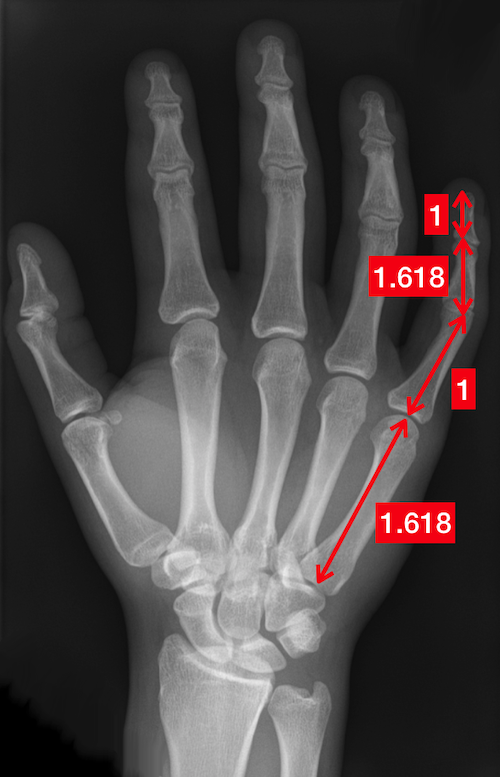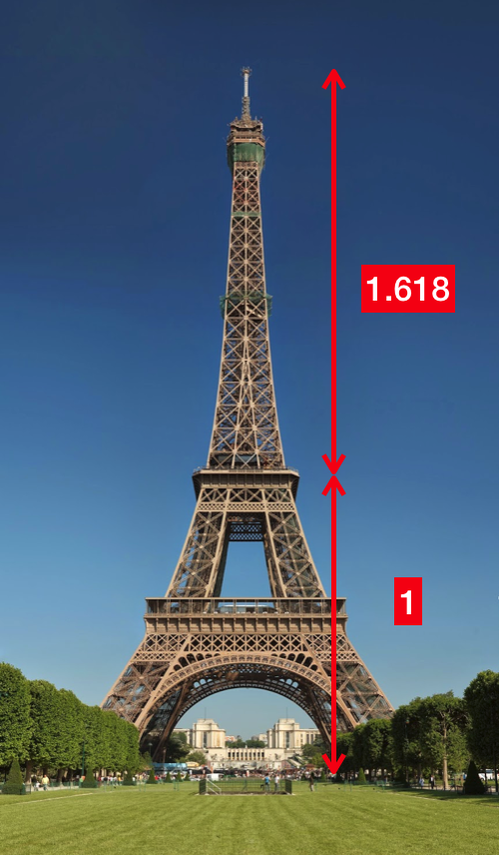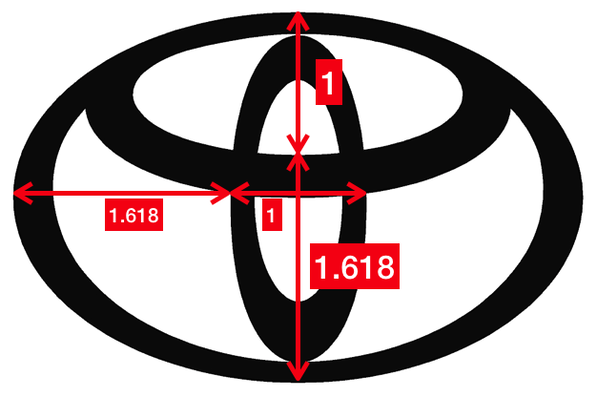What is the Golden Ratio?Probably, you have heard about the Golden Ratio. In a nutshell, it refers to a number roughly equal to 1.618. The number could be "seen" by drawing two lines of lengths 1 and 1.618, as shown below. The black and red lines have lengths 1 and 1.618, respectively. And their ratio is roughly equal to the Golden Ratio. I bet you have seen many man-made or natural objects that exhibit this or a similar proportion. That's why many people believe that the Golden Ratio is associated with beauty in our universe. Therefore, whether it is a coincidence or not, many graphic designs and artworks are created seemingly to follow the golden rule. Estimating the Golden RatioYou may find it disappointing if I tell you that there is no way to obtain the exact numerical value of the Golden Ratio. Well, actually, the Golden Ratio is an irrational number. Simply put, an irrational number has an infinite number of digits behind the decimal point. (More formally, a number is irrational if it cannot be represented by a fraction of two integers.) For example, \(\sqrt{2}\), \(\pi\) and the exponential \(e\) are irrational numbers. Any attempt to write \(\pi\) with finite number of digits (e.g., 3.14) will result in an approximation at best. A simple method to obtain an approximation of the Golden Ratio is to use the Fibonacci sequence. The first number in the sequence is \(F_0=0\), the second is \(F_1=1\), and the third is the sum of the first two, i.e., \(F_2=F_1+F_0\). In general, a number in the Fibonacci sequence is the sum of the previous two: $$ \begin{align} F_0&=0\\ F_1&=1\\ F_n &= F_{n-1} + F_{n-2},\quad n=2,3,\ldots \end{align} $$ It is well-known that the Golden Ratio can be approximated by the ratio for a large \(n\): $$ \frac{F_n}{F_{n-1}}. $$ Our app SIMO and Console comes with a function \({\tt fibonacci}\) to calculate Fibonacci numbers. You can use the following code to approximate the Golden Ratio: And the result will be: In fact, the larger \(n\) you use, the more accurate the approximation will be. It is because the ratio \(F_n/F_{n-1}\) approaches (or converges, formally speaking) to the Golden Ratio. The convergence of \(F_n/F_{n-1}\) is evidence from the following figure: If you are interested in our posts, follow us on Twitter.
3 Comments
|
Mark Lau
SIMO Developer Archives |







